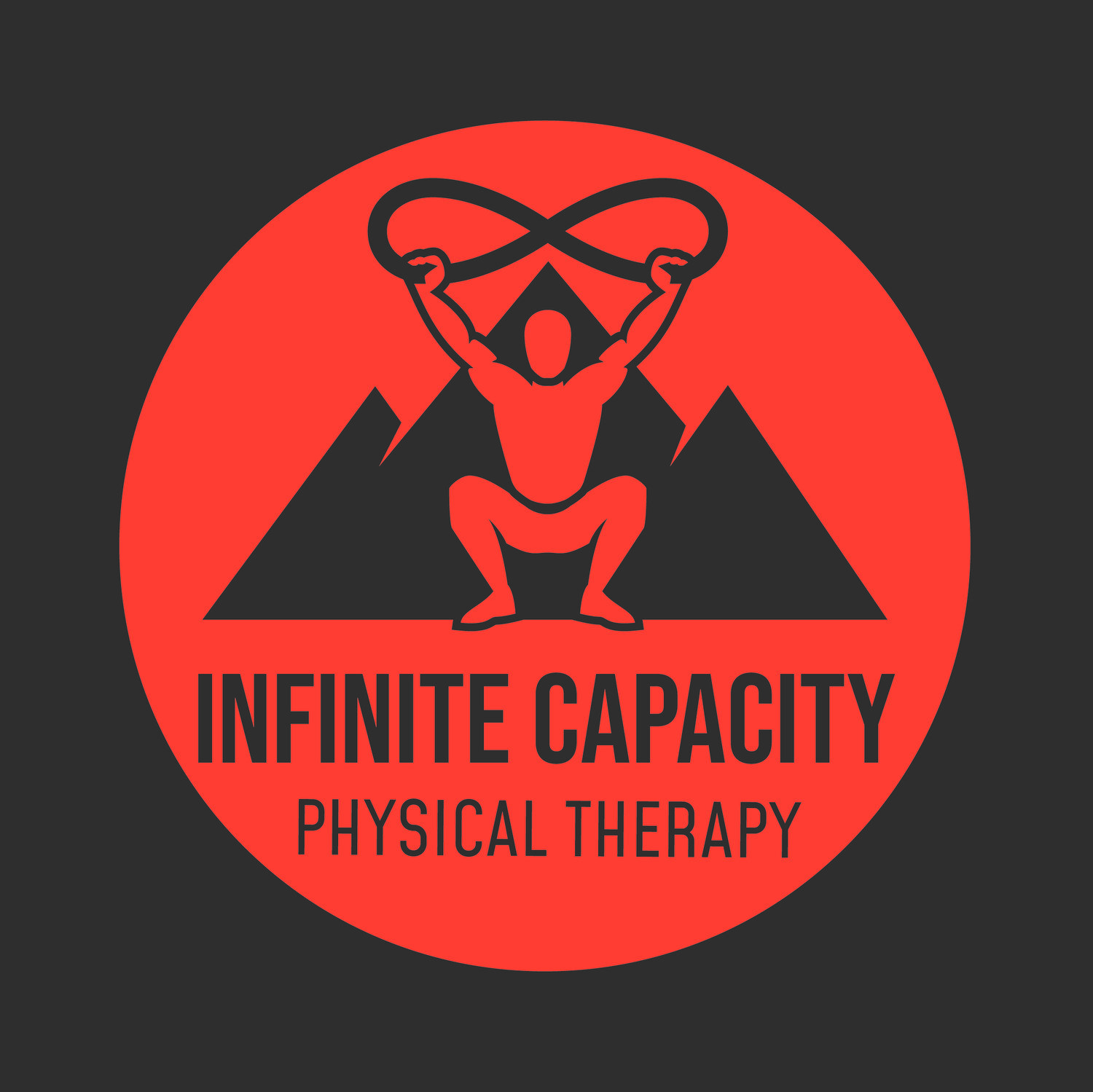SHOULDER PAIN
Shoulder pain is a common cause of functional limitation in active populations. Let's dive into some important information about shoulder pain, diagnostic imaging, and appropriate management.
According to a 2011 study, "96% of men WITHOUT shoulder symptoms were reported to have some form of structural abnormality identified on ultrasound". It is apparent that the presence of structural tissue failure in large numbers of people without symptoms challenges the validity of imaging to identify the source of symptoms.
This means that while these defects may be found on diagnostic imaging, this does NOT mean that defect is the source of the symptoms.
In fact, studies have revealed that "MRI findings in ASYMPTOMATIC professional baseball players have demonstrated; rotator cuff abnormalities in the throwing shoulder (79%) and non-throwing shoulder (86%) and labral abnormalities (79%) in both shoulders”.
This goes to show that the even with some structural changes, it is still possible to be pain-free AND function at an extremely high level. The strength, mobility, and quality of movement of the shoulder may play a larger role in pain management and function than focusing on tissue integrity.
These views are confirmed in a 2015 article, stating, "an exercise-based approach is as effective as surgery, even in the presence of partial- and full-thickness rotator cuff tears."
So if you have shoulder pain, don't immediately think you need imaging like x-rays or MRI. Instead, try physical therapy which is likely to help relieve your symptoms and get you back to those activities you love!
References
Girish G, Lobo LG, Jacobson JA, Morag Y, Miller B, Jamadar DA. Ultrasound of the shoulder: asymptomatic findings in men. AJR Am J Roentgenol. 2011;197:W713-W719. http://dx.doi.org/10.2214/AJR.11.6971
Miniaci A, Mascia AT, Salonen DC, Becker EJ. Magnetic resonance imaging of the shoulder in asymptomatic professional baseball pitchers. The Am J Sports Med 2002;30:66e73.
Lewis J, et al. Rotator Cuff Tendinopathy: Navigating the Diagnosis-Management Conundrum. Journal of Orthopaedic & Sport Physical Therapy. 2015; 45(11): 923-937.
